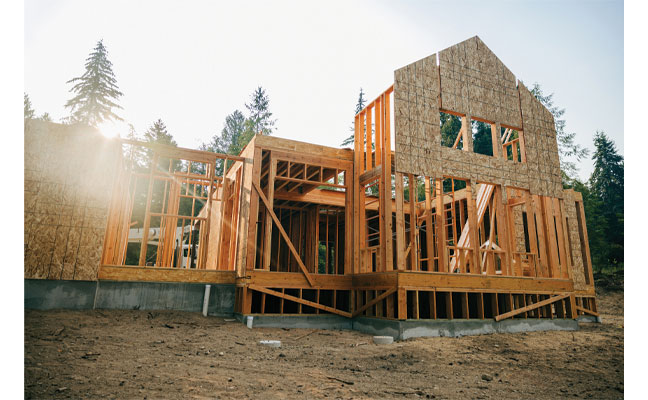
Key Takeaways:
- Beyond Pests: Active construction and renovation sites expose technicians to non-pest-related hazards, including chemical exposure to lead, asbestos and mold.
- Physical Dangers: Slip-and-fall injuries are a major risk due to debris, power cords, uneven surfaces and poor lighting.
- Contract is King: PMPs must be meticulous in reviewing contracts to avoid inadvertently accepting liability for site-wide safety issues that are the General Contractor’s responsibility.
- Proactive Management: The solution is a combination of specialized training, strict PPE protocols and a clear understanding of contractual risk management.
With new homes now more affordable than existing homes in some markets—and with home renovations and commercial vacancies on the rise—pest management professionals (PMPs) can expect more calls to construction zones and empty buildings.
Managing the Risks
- Provide and Train on PPE: Keep personal protective equipment (PPE) in stock and teach technicians how to use it properly. This includes stressing the importance of wearing long-sleeved shirts, steel-toed boots, gloves and protective eyewear on active construction sites to prevent bites and stings. Provide N95 masks for use in areas with strong chemical fumes. Finally, make sure to follow label instructions whenever applying pesticides in a construction site or vacant building.
- Reinforce Best Practices with Training Reinforce best practices with training for new hires and refreshers for existing employees. Such training can include lessons that teach technicians about the hazards of new builds and renovation projects, such as how to spot black mold. It is also important to include lessons on watching their step whenever navigating an active worksite.
- Stay Current on Regulations: Stay current on evolving federal, state and local safety regulations. Tap into industry publications and associations such as the National Pest Management Association, the Centers for Integrated Pest Management and state and regional pest control associations. These entities often provide continuing education to keep PMPs up to date.
- Work With Your Insurance Partner: Work with your insurance partner to help protect you against liability. An experienced program administrator can help you stay ahead of risks and ensure proper coverage against chemical exposures and slip-and-falls. They also can help you develop contract language that clearly defines the scope of pest management services and excludes unrelated hazards.
The 4 Hidden Risks
- Chemical Exposure: New builds can expose technicians to a variety of toxic substances. Opening walls and floors for renovation projects can uncover lead-based paint, asbestos and black mold. Repeated exposure to any of these hazardous materials can irritate the skin, trigger an allergic reaction, or make it hard to breathe.
- Slip-and-Fall Injuries: Construction sites are filled with tripping hazards, from sawdust and power cords to uneven walking surfaces and exposed pipes. Vacant buildings may have poor lighting, or sometimes no lighting at all. All these potential obstacles bring the risk of accidents and injuries.
- Compliance and Liability: While the U.S. Occupational Safety and Health Administration (OSHA) oversees federal workplace safety regulations, many states and regions have their own rules. In California, for example, county commissioners may require extra permits for specified pesticides. Texas has different requirements for pesticide use in vacant buildings vs. occupied buildings. Noncompliance with these rules can lead to costly fines and liability.
- Inadequate Contractual Risk Management: If you aren’t meticulous when reviewing contracts, you may inadvertently accept liability for injuries or chemical exposures on construction sites. Consider a subcontractor who suffers an injury after tripping in the proximity of your treatment area. If your contract doesn’t specify that site safety and debris management are the general contractor’s responsibility, you could be held responsible.
Every visit carries hidden risks. A single misstep can open a literal hornet’s nest, leading to injured employees and costly liability claims. Let’s explore four common risks.
Protect your team from injury and insulate your business with these four proactive risk management techniques.
The spike in new construction and renovation projects nationwide brings tremendous growth potential for pest management companies. However, it’s important to take steps to protect employees and the business. Companies that know their risks and plan for them proactively will position themselves for success in new and evolving markets.
Leave A Comment